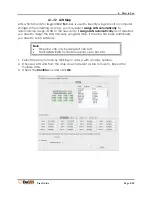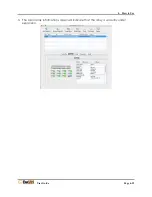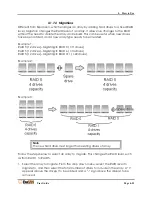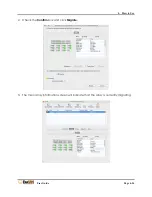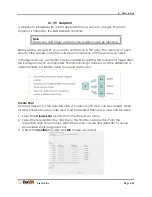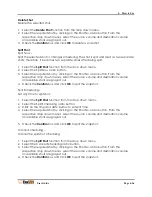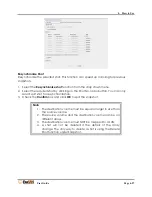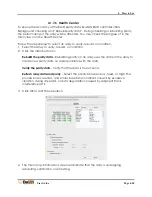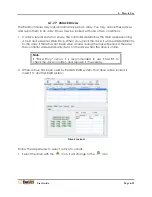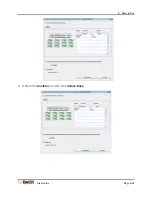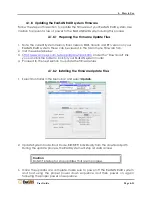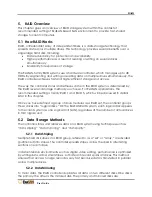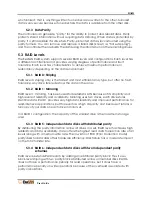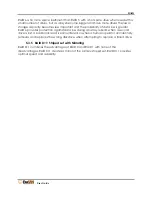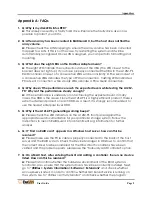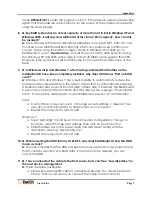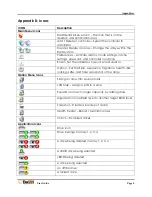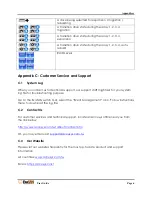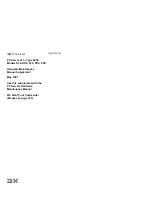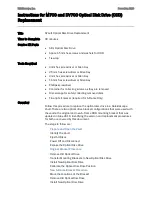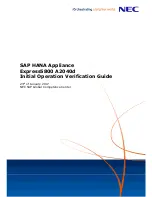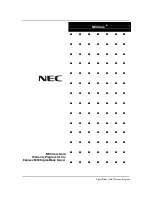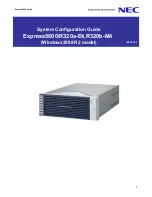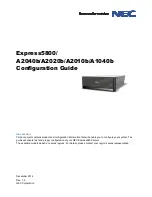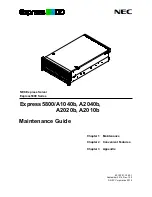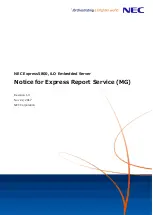
RAID
User Guide
5.
RAID Overview
This chapter gives an overview of RAID storage system within the context of
recommended setting of ExaSAN based SAN environment to provide fast, shared
storage to client computers.
5.1
How RAID Works
RAID, or Redundant Array of Independent Disks, is a data-storage technology that
spreads data across multiple drives. This technology provides several benefits over a
single large hard disk, including:
Data redundancy for protection and availability
Higher performance as a result of reading or writing on several drives
simultaneously
Scalability for expansion of storage
The ExaSAN-family RAID systems use a hardware controller, which manages up to 48
HDDs. By segmenting and writing or reading data on multiple drives simultaneously, the
RAID controller achieves fast and highly efficient storage and access.
The way the controller stores and retrieves data on the RAID system is determined by
the RAID level and storage method you choose. For ExaSAN applications, the
recommended setting is mainly RAID 1 and RAID 5, which will be discussed in details
later in this chapter.
Once you have defined a group of drive modules as a RAID set, the controller groups
those drives into “logical disks.” On the ExaSAN RAID system, each logical disk appears
to the client system as one Logical Unit (LUN), regardless of the number of actual drives
in that logical unit.
5.2
Data Storage Methods
The controller stores and retrieves data on a RAID system using techniques such as
“data striping”, “data mirroring”, and “data parity”.
5.2.1
Data Striping
Multiple hard disk drives in a RAID group, referred to as a “set” or “array,” are divided
(partitioned) into stripes. The controller spreads stripes across the disks in alternating
sections on each drive.
In data-intensive environments such as digital video editing, performance is optimized
by writing data across small stripes, so that each record spans all drives. This method
ensures that access to large records is very fast because data is transferred in parallel
across multiple drives.
5.2.2
Data Mirroring
To mirror data, the RAID controller duplicates all data on two different disks. One disk is
the primary; the other is the mirrored disk. The primary and mirrored disks are
Summary of Contents for ExaSAN A12S2-PS
Page 8: ...1 Introduction User Guide 1 Introducing ExaSAN PCIe 2 0 Storage System...
Page 28: ...2 Preparation User Guide 2 Preparing to Install ExaSAN A12S2 PS...
Page 31: ...3 Installation User Guide 3 Installing the ExaSAN A12S2 PS...
Page 47: ...4 How to Use User Guide 4 Using RAIDGuard X...
Page 77: ...4 How to Use User Guide Page 4 30 2 Check the Confirm box and click Unlock Drive...
Page 79: ...5 RAID User Guide 5 RAID Overview...


